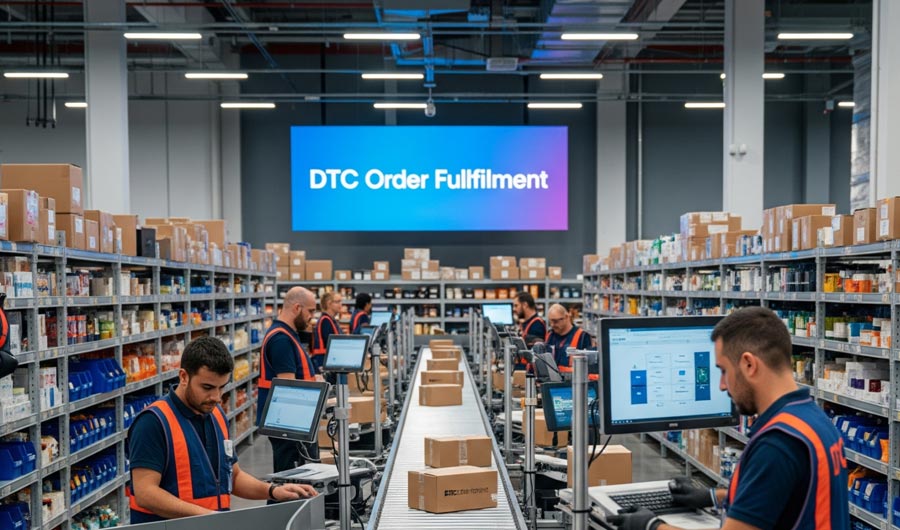
Facts About Blockchain Data And Importance
Many of us, when talking about blockchain, focus on its active part, which consists of implementing smart contracts, moving assets, receiving rewards, etc. However, there is another important component, this is the huge amount of data that is constantly accumulated in each blockchain network. Any data is needed in order to use it for analysis and decision-making, both in the current time and for predicting various situations in the future. Blockchain data is also used for similar purposes, although the process of managing this data has its own specifics. Each blockchain network constantly operates with a very large amount of data, both generated internally and received from external sources. Special technologies and tools are needed in order to obtain this data, bring it to a specific format suitable for working with it, and upload it to the appropriate storage facilities for further access. Such tasks are not always within the capabilities of companies that plan to implement their projects based on blockchain. In order for data management to bring the expected result to any company, it would not be the worst solution for them to turn to the services of a data provider such as:- https://dysnix.com/blockchain-data-provider.
Network development improves data management
Continuing the theme of the great quantity of data circulating in various blockchain networks, it could be analyzed whether changes in their management occur as the networks themselves develop? Starting the analysis with the very first blockchain network – Bitcoin, you can see that it contains the usual database of those information that are associated only with transactions. Ethereum which appeared after Bitcoin, offered its own innovation called “smart contracts”. This led to the fact that a new category of information has been added to existing transactional data and it is also needed to be managed. With the further development of blockchain technology and the expansion of the scope of its application, specific, narrowly targeted blockchains began to appear. They began to operate with new data entities, and therefore required specific approaches to their management. As a result, it becomes obvious that as blockchain technology itself develops, the number of blockchain networks increases and the scope of their tasks expands, methods and tools for handling their data also improve.
The traditional mechanism for working with data in the blockchain is unified for the data stored in the nodes. An application is launched that uses a specific algorithm for obtaining this data from the nodes and placing it in the desired database. As an example, consider what happens to data on the Ethereum network. In the Ethereum network, like in any other blockchain network, there are blocks that consist of transactions, and accordingly, all transaction data is stored in the network itself. However, in Ethereum there are also so-called internal transactions, which are not stored in the blockchain, but can be emulated by the node itself at any time on a specific block. There is a difference between basic blockchain transactions and internal transactions. The main transaction is carried out by the request from the wallet of any network participant for further sending to any other address. All other actions that are not the actions of the main transaction fall into the “internal transaction” category. For example, if a smart contract that transfers tokens or distributes money was called on the network, then the data of such a transaction will not be stored in the blockchain. Such transactions are elements of a virtual machine and the way their data is extracted and analyzed will differ from that for the main transactional data of the blockchain network.
Correct and incorrect data
The majority of real and potential users of blockchain networks and platforms are confident that the data that is collected and analyzed online or based on the results of transactions is absolutely transparent and demonstrates a correct picture of the functioning of the network. However, this idea of the transparency of all actions on the network is not always confirmed in practice. So, for example, today in blockchains systems called “mixer” have appeared and are increasingly being developed. Their presence is especially noticeable in non-anonymous blockchains, for example, in Bitcoin; such systems are partly observed in Ethereum. The practical reason for the appearance of the “mixer” is the reluctance of some network participant to show the real source of their money. In this case, the system offers a solution, which consists in mixing financial flows from many different hidden sources and then distributing them to the desired addresses. Obviously, if such a phenomenon is observed in any blockchain network, it will distort the real picture of transaction data, and therefore can lead to incorrect analytics and, accordingly, to incorrect further decisions. Therefore, many companies that work with blockchain data are striving to create approaches and tools that will allow them to identify the portion of data that was influenced by the “mixer” system.
Continuing the theme of the great quantity of data circulating in various blockchain networks, it could be analyzed whether changes in their management occur as the networks themselves develop. Starting the analysis with the very first blockchain network—Bitcoin—you can see that it contains the usual database of information associated only with transactions. For those interested in this evolving technology, understanding these dynamics is crucial, especially if you’re looking to buy Bitcoin.






